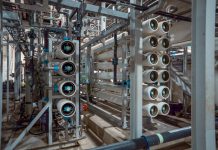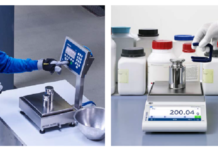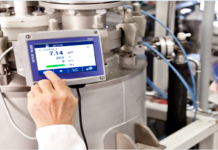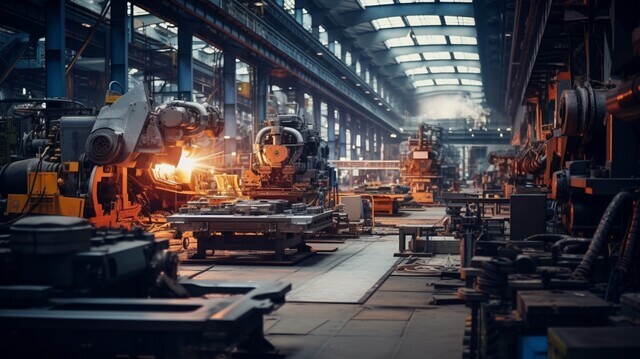India is undergoing a manufacturing transformation, with its gross value added (GVA) from the sector projected to grow from $459 billion in FY24 to a staggering $1.6 trillion by FY2034, according to 3one4 Capital’s Future of Production Report 2025. The surge is being powered by bold capital investments, proactive government initiatives like the Production Linked Incentive (PLI) scheme, and a realignment of global supply chains.
Manufacturing: A Core Pillar of India’s Economy
The industrial sector currently contributes 27.6% to India’s GDP, with manufacturing alone accounting for 14.2%. Employing 67.7 million people, the sector stands out for its productivity, delivering a GVA of ₹5.22 lakh per worker — nearly three times that of agriculture. In FY24, India exported goods worth over $435 billion, with electronics, chemicals, and machinery leading the charge.
Electronics Boom Fuelled by PLI
Electronics manufacturing is emerging as a key growth engine. In FY24, the sector achieved production of $115 billion, with mobile phone exports crossing the $15 billion mark, thanks in part to global players like Apple expanding their Indian footprint.
The $30 billion invested through the PLI scheme across 14 strategic sectors is already yielding results. “Electronics manufacturing and IT hardware have shown tremendous response to the scheme, as have semiconductors and displays,” noted Anurag Ramdasan, Partner at 3one4 Capital.
Automotive Industry Accelerates
India has raced ahead to become the world’s third-largest automotive market. In FY24 alone, auto component exports surged to $20 billion, positioning the country as a key supplier to global OEMs. The growing demand for smart mobility solutions, EV supply chains, rapid charging infrastructure, and digitised components is fuelling this momentum.
Chemicals Sector Set to Double
The chemicals sector, currently holding a 6% market share, is expected to double to 12% by 2029. Exports of biosimilar and CRAMS (Contract Research and Manufacturing Services) are driving this growth, supported by PLI schemes and the development of Petroleum, Chemicals, and Petrochemicals Investment Regions (PCPIRs).
Aerospace and Drones Take Off
India’s aerospace ambitions are also soaring. Startups like ideaForge and Aereo are building leadership in drones, aerial intelligence, and autonomous systems. This reflects a broader trend of innovation-driven manufacturing across emerging tech sectors.
Textile Sector Gains from Global Diversification
The textile industry is seeing a revival as global companies diversify away from traditional supply bases like China, Vietnam, and Bangladesh. India is stepping in as a competitive, reliable alternative.
Strategic Trade and Global Positioning
Exports remain central to this manufacturing boom. India is actively expanding free trade agreements, reducing tariffs, and reinforcing its competitive edge. “India today is a preferred alternative globally, and we expect that to continue,” said Ramdasan.
States Drive Regional Manufacturing Hubs
States are playing a crucial role in powering this transformation. Gujarat, Uttar Pradesh, Odisha, and Assam are offering generous capital subsidies, land rebates, interest subsidies, and tax exemptions. Meanwhile, industrial powerhouses like Maharashtra, Tamil Nadu, and Karnataka are advancing high-tech manufacturing in electronics, pharmaceuticals, and automotive sectors. Emerging hubs in Uttar Pradesh and Gujarat are gaining traction in white goods and specialty steel.
VCs Bet Big on Future-Ready Manufacturing
India’s emerging manufacturing segments are also attracting significant venture capital interest. Over $10 billion has been committed to semiconductors and advanced materials. GreenTech companies like Waaree Energy are gaining international recognition. Biomanufacturing is another rising star, supported by more than 200,000 biosciences professionals and government incentives. As reported by thehindubusinessline.com, the rise of full-stack platforms and robotics further signals India’s readiness for next-generation production.
































